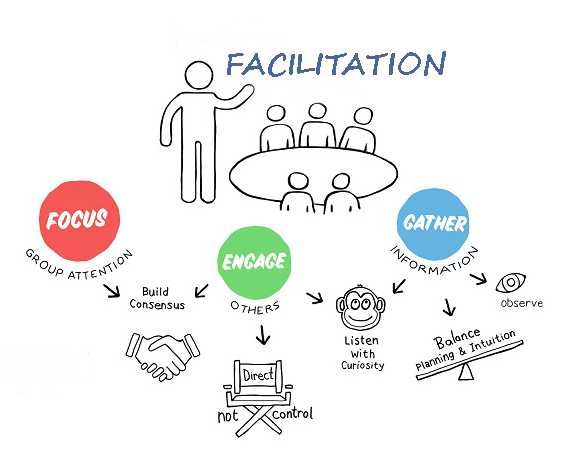
Photo by charlesdeluvio on Unsplash
Introduction
Firstly, before I discuss my feedback (on my first module) I would like to take a moment to thank the individuals who provided it. As a teacher I often find myself working and developing resources in isolation (despite research indicating that teacher collaboration is fundamental to effective instruction). It has been years since I have had a peer review my lessons and I respect and value the information that has been shared with me. While I will not be implementing every suggestion (mostly due to time constraints), they will be used to guide this project long after this university course has concluded.
What Worked
Rationale & Utility
Both of my colleagues agreed that I provided a strong rationale for creating this content. My students will purchase (or lease) a new or used vehicle sometime in their lives. Arming them with the knowledge necessary to make an informed purchasing decision is both practical and directly tied to the workplace mathematics curriculum in Saskatchewan. One reviewer noted that the inclusion of statistical data regarding our dependency on personal vehicles in Canada strongly supports the need for this type of instruction. Essentially, this course is both useful and necessary.
Victory Loves Preparation
Both instructors who reviewed my work appreciated the structural elements of the course. While my work was not flashy (more on that later) it was logically laid out and relatively easy to navigate. My navigational elements worked as intended and both mentioned the inclusion of a “quick start guide” as a novel (and appreciated feature). Admittedly, given the age group my module is targeted at (grade twelves) I have an easier task in terms of design (I can assume a degree of familiarity with the platform and a reasonable level of language proficiency) compared to those providing content to elementary students. My reviewers liked the general level of polish of my materials which (for the most part) appeared professionally created and designed with the appropriate age group in mind. It seems all those nights learning PowerPoint have finally paid off.
What Didn’t Work
Proofreading: It works Best when Used Beforehand
Nothing undermines your efforts to be taken seriously than conspicuous spelling and grammar errors. My module has more than one. It seems like a small thing, but the level of polish in one’s teaching materials needs to be high. It is a little bit embarrassing to boast on one hand that you have taught for twenty years, and on the other not know how to spell the word “because.” As an aside this shows how utterly dependent I have become on spelling and grammar checkers built into popular platforms.
Word Salad
As anyone who has taken the time to read through one of my blog posts knows I tend to be a bit verbose. Long winded. I talk too much. This in turn is reflected in my written questions. As one reviewer noted I overcomplicated many of my activities by using too much jargon. Direct questions that emphasize brevity and key information will make my summary activities in my videos far more effective. My first revision (after correcting my myriad of spelling errors) will be to condense and focus these questions for improved readability. Going forward I will try to make sure that I spill less ink in the name of prose and get to the point quicker.
The Best Piece of Advice I was Given (That I Will Ignore…For Now)
The toughest pill to swallow (because it was true) is a fundamental weakness of my course. While my lessons are informative and valuable, they are not that engaging. Looking over my feedback it is evident that I am missing a hook, or something to draw my students in. My immediate thought was that I should have opened with an anecdote or story – or better yet re-framed my course as a simulation. How interesting would it have been if I had role-played a used car salesman or a bank loan officer and presented this course as a series of choices?
So why not do that?
Time. It is in my nature to work ahead. I have created so much material at this point that the thought of dumping all of it and restarting from square one makes me feel a little queasy. This does not mean that I am going to disregard this feedback. To the contrary, I intend to develop this into a full online course. My next unit (which is on small business mathematics) will use this simulation idea from the outset. Hopefully this will help increase student engagement.

 Creating a welcoming learning atmosphere that encourages community involvement and cooperation is crucial when planning orientation programmes for new arrivals to Regina. Various student-teacher and student-student interactions can enhance the educational process and encourage cultural assimilation. Let’s examine the criteria for guaranteeing the effectiveness of these encounters and how they might be put into practice.
Creating a welcoming learning atmosphere that encourages community involvement and cooperation is crucial when planning orientation programmes for new arrivals to Regina. Various student-teacher and student-student interactions can enhance the educational process and encourage cultural assimilation. Let’s examine the criteria for guaranteeing the effectiveness of these encounters and how they might be put into practice.




